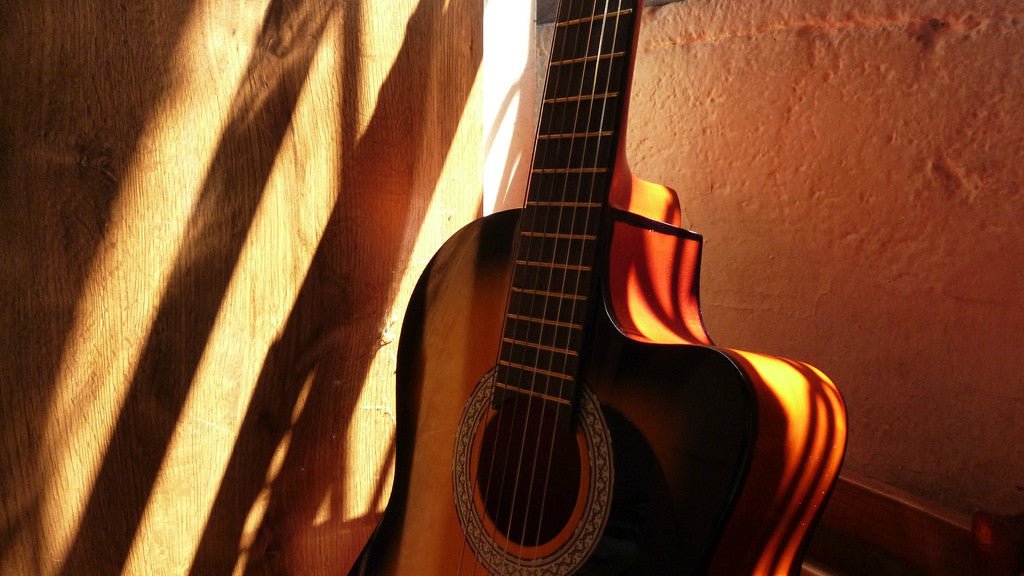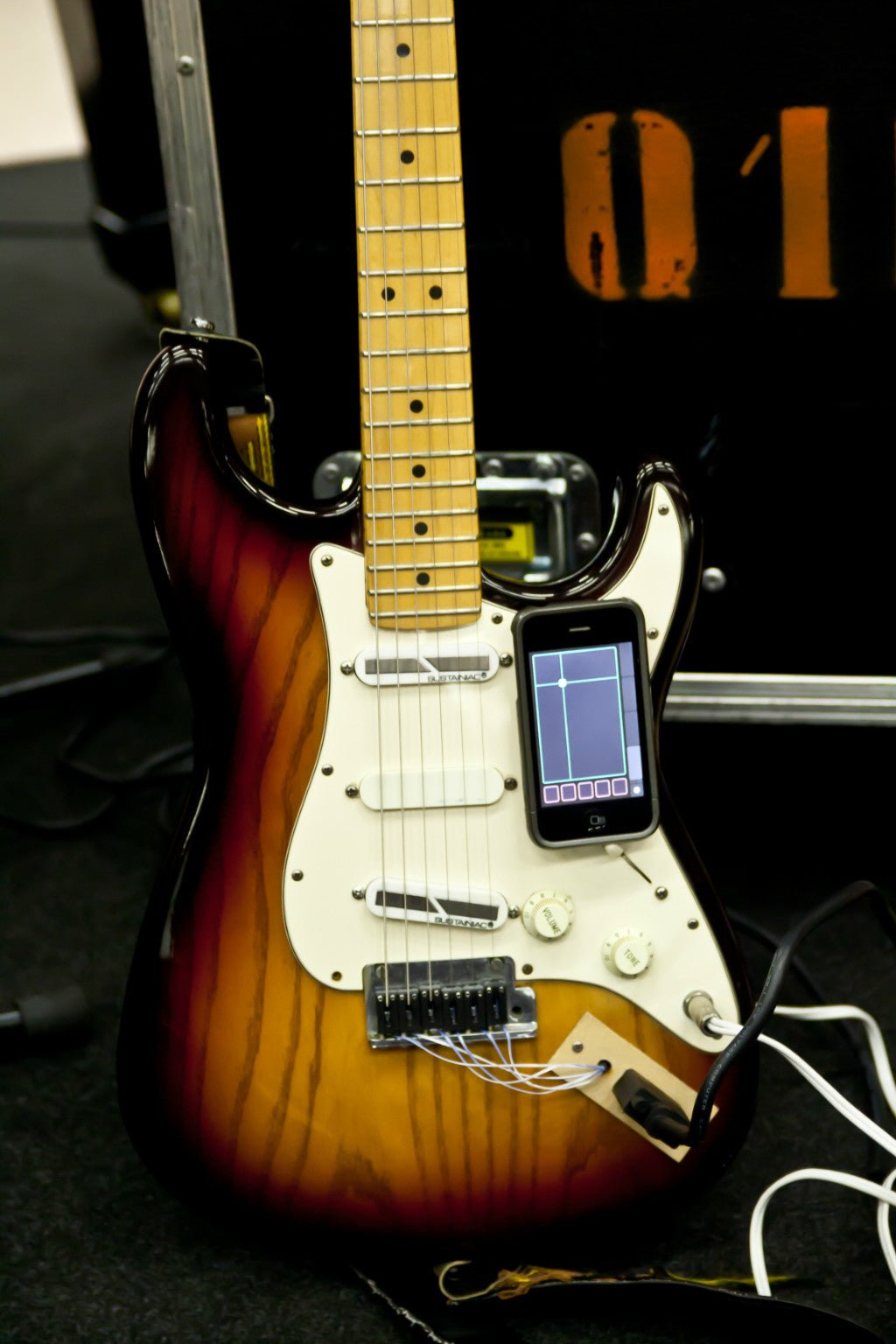Descubre las novedades y noticias que te trae Alhambra Guitarras

Tocar la guitarra con madera ecológica
La ecología ha despertado gran interés y, por tanto, ha adquirido, para muchas personas, una importancia relevante en su vida cotidiana. Tocar la guitarra realizada con materias sostenibles es una ...
Leer más
Los poetas y la guitarra española: una historia de amor
Princesa de madera. Crisol de llantos. Cuerpo de ébano. Leona. Cuerpo sonoro de mujer coqueta y agraciada. Son sólo algunas de las formas con las que los poetas han bautizado en sus versos a la gui...
Leer más
Uso de las nuevas tecnologías para practicar con la guitarra española
La guitarra española, como cualquier guitarra e instrumento en general, requiere unas nociones básicas de música. Estas nociones se van haciendo cada día más accesibles a todos gracias al uso de la...
Leer más


